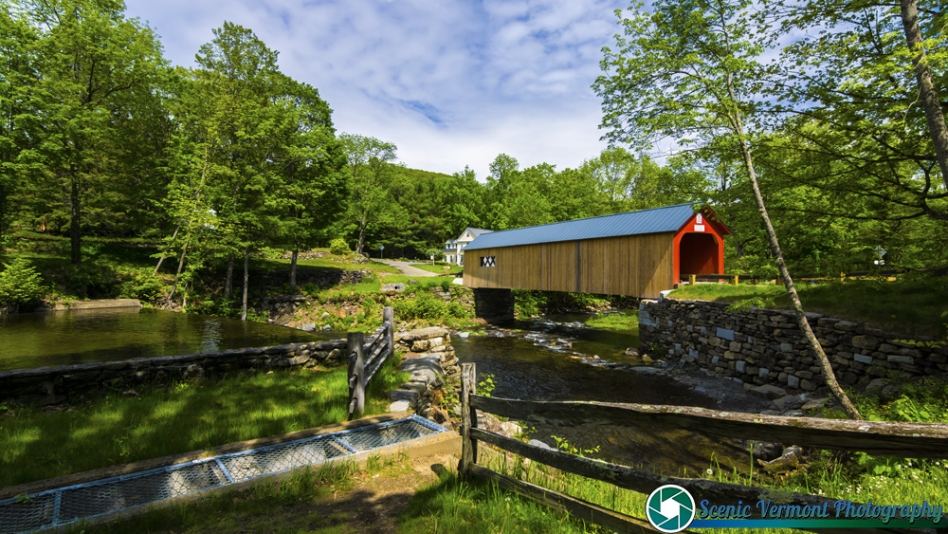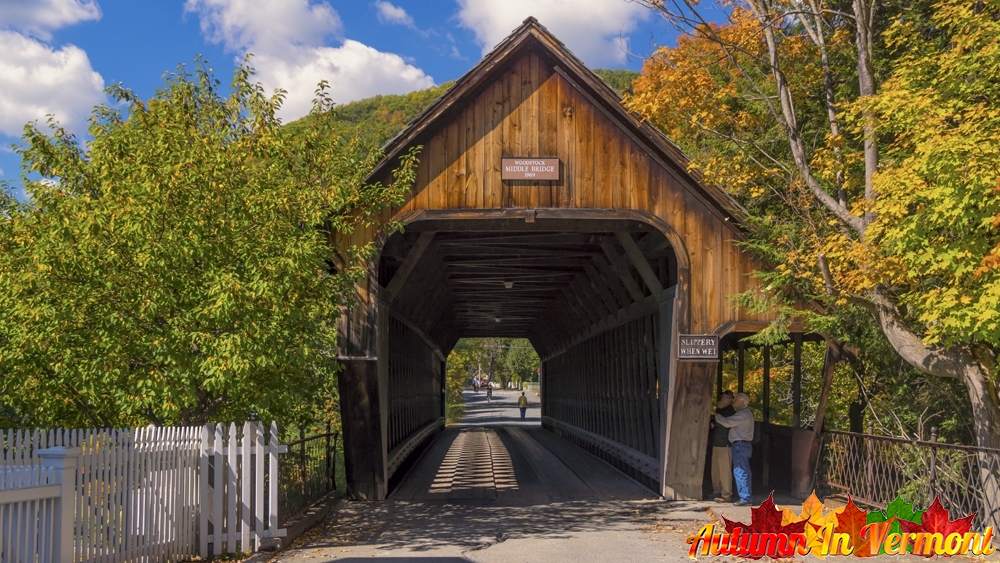Vermont’s Covered Bridges

When you think of Vermont, what comes to mind? Perhaps rolling green hills, quaint villages, and historic covered bridges. Vermont is known for its picturesque countryside and charming covered bridges that dot the landscape. These iconic structures are not only beautiful to look at but also hold a rich history and are a great way to experience the state’s unique charm. In this article, we will delve into the world of Vermont’s covered bridges and discover why they are a must-see attraction for visitors and locals alike.
Covered bridges have been a part of Vermont’s history for over a century. They were built in the 19th century to protect the wooden bridge trusses from the harsh New England weather, which caused rapid decay. The covering also provided shelter for travelers during storms and provided a place for social gatherings.
Why Visit Vermont’s Covered Bridges?
• Historic Charm: Vermont’s covered bridges exude historic charm and offer a glimpse into the state’s past. Each bridge has its own story to tell, from the materials used in construction to the communities it served.
• Scenic Beauty: Nestled among lush forests, rolling hills, and babbling streams, Vermont’s covered bridges provide a picturesque backdrop for outdoor enthusiasts and photographers alike.
• Local Culture: Visiting covered bridges allows you to connect with Vermont’s local culture and heritage. You may even encounter locals sharing stories and legends about these iconic structures.
• Outdoor Exploration: Many covered bridges are located near hiking trails, picnic spots, and scenic overlooks, making them a perfect starting point for outdoor adventures.
One of the most famous covered bridges in Vermont is the Emily’s Bridge, also known as the Gold Brook Bridge, located in Stowe. This picturesque bridge is not only a stunning example of classic covered bridge architecture but also has a spooky legend attached to it, making it a must-visit for thrill-seekers and history enthusiasts alike. Another must-see covered bridge in Vermont is the West Arlington Covered Bridge, which spans the Batten Kill River in Arlington. This charming bridge is a favorite spot for photographers and artists, thanks to its serene setting and beautifully preserved structure.
When planning your trip to explore Vermont’s covered bridges, be sure to do your research beforehand. Make a list of the bridges you’d like to visit and map out a route that allows you to see as many as possible. Consider taking a guided tour or downloading a self-guided tour app to learn more about the history and significance of each bridge you visit.
Don’t forget to bring your camera along, as Vermont’s covered bridges provide the perfect backdrop for stunning photos. Whether you’re visiting in the spring when the wildflowers are in bloom, or in the fall when the foliage is ablaze with color, you’re sure to capture some unforgettable memories of your time exploring these historic structures.

Tips for Visitors:
• Plan Your Route: Map out a route that includes multiple covered bridges to make the most of your visit.
• Mind the Weather: Vermont’s weather can be unpredictable, so be prepared for rain, snow, or sunshine.
• Respect the Bridges: These historic structures are fragile, so treat them with care and respect during your visit.
• Capture the Moment: Don’t forget to snap some photos of these beautiful bridges to remember your visit.
Visiting Vermont’s covered bridges is a popular tourist activity. Many tourists enjoy driving or biking along scenic routes that pass by these bridges, stopping to take pictures and admire their architectural beauty. Some bridges also have picnic areas and walking trails nearby, allowing visitors to fully immerse themselves in the surrounding natural beauty.


